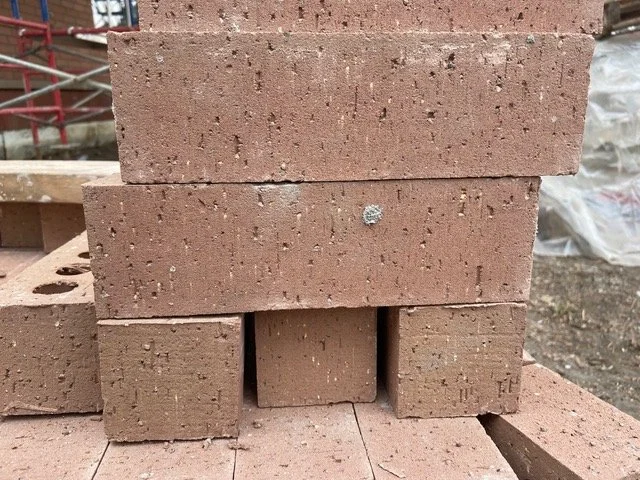The Mechanical Room...the Heart of McKenzie Mews
/The beating heart of McKenzie Mews. From this mechanical room, hot and chilled glycol will be delivered to all buildings as well as domestic hot water. Known as “district heating”, it is similar to a system for a large multi-unit residential building, except that hot/chilled glycol are delivered underground via insulated pipes to separate buildings. On a larger scale, it could be for an entire neighbourhood. Inside each residential unit is a “fan coil”, basically like a car radiator and fan. The fan blows air over the warm or cold fins and delivers the air via ductwork to each room. There is also an ERV (Energy Recovery Ventilator) for each unit, an air-to-air heat exchanger that scavenges heat and humidity from exhaust air and transfers it to incoming fresh air.
The concept of “district heating” is not a new one. According to Wikipedia, “…a hot water distribution system in Chaudes-Aigues, France, is regarded as the first real district heating system. It used geothermal energy to provide heat for about 30 houses and started operation in the 14th century.”
Here in Canada, the oldest example of a district heating system dates back to 1880 in London, Ontario. Today, however, “district energy” is used around the world for heating, cooling and powering communities. In fact, district energy is mandated in Denmark.
There are numerous creative examples across Canada:
In Teslin, Yukon, the Teslin Tlingit Council, a self-governing First Nation, uses biomass boilers to burn low-grade waste wood products such as sawdust and wood chips in a district heating system to heat 18 buildings, including a school, a cultural centre and multi-residential buildings.
Cold water from the depths of Lake Ontario is used to cool 85 buildings in downtown Toronto. In 2019, the federal government announced an expansion the equivalent of 40 to 50 additional buildings.
Closer to home, in Okotoks, Alberta, a federal pilot project uses solar thermal energy combined with borehole thermal energy storage. Emily Chung, CBC News, writes, “The system provides more than 90 per cent of space heating needs for 52 homes by collecting solar energy with solar-thermal panels on garage roofs and storing it underground during the summer. The heat is then distributed to homes during the winter.”
Interested in reading more about inovations in heating and cooling? Check out Emily Chung’s article:
Solar? Geothermal? Garbage? 6 Climate-Friendly Ways to Heat and Cool Buildings


